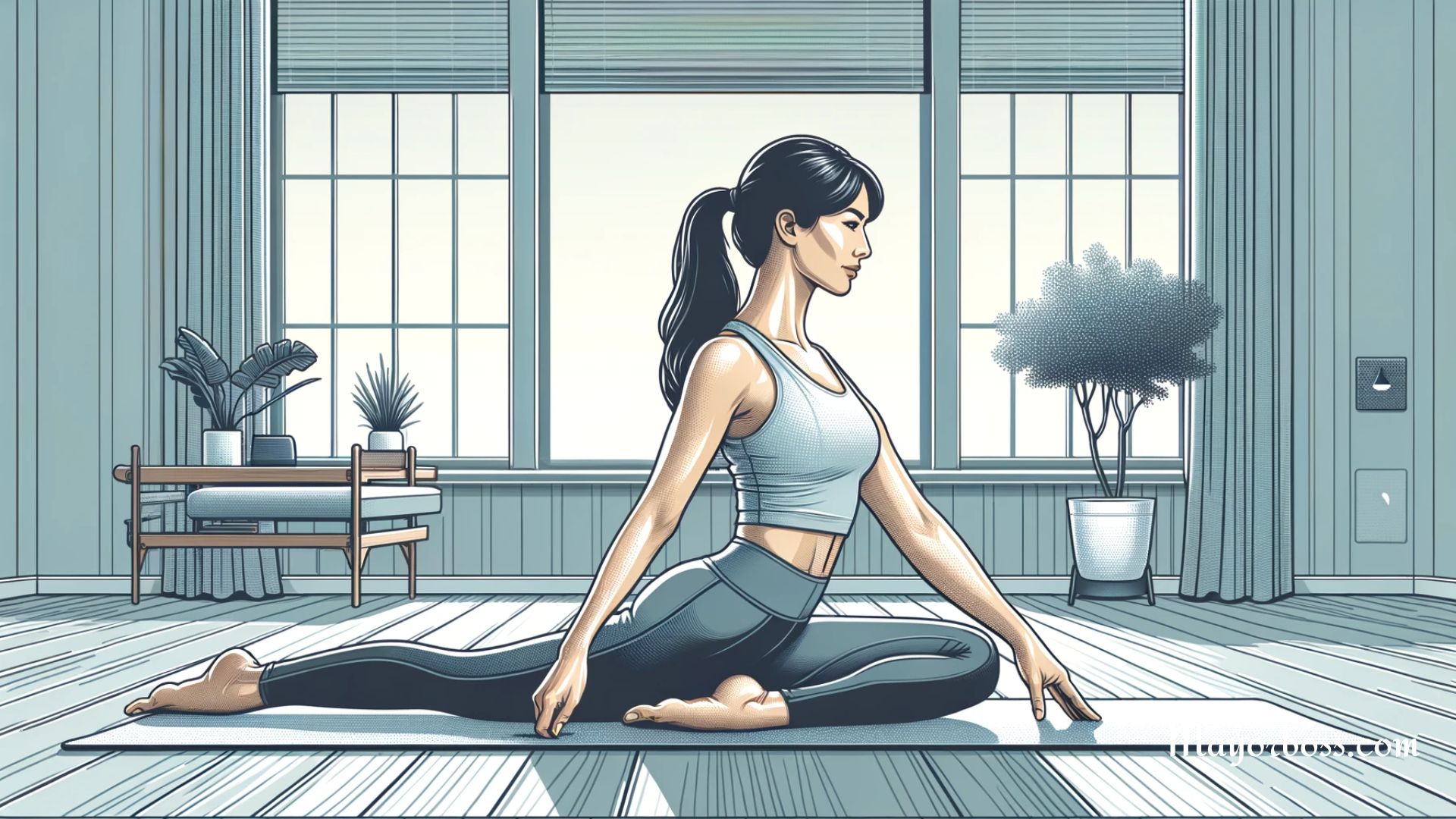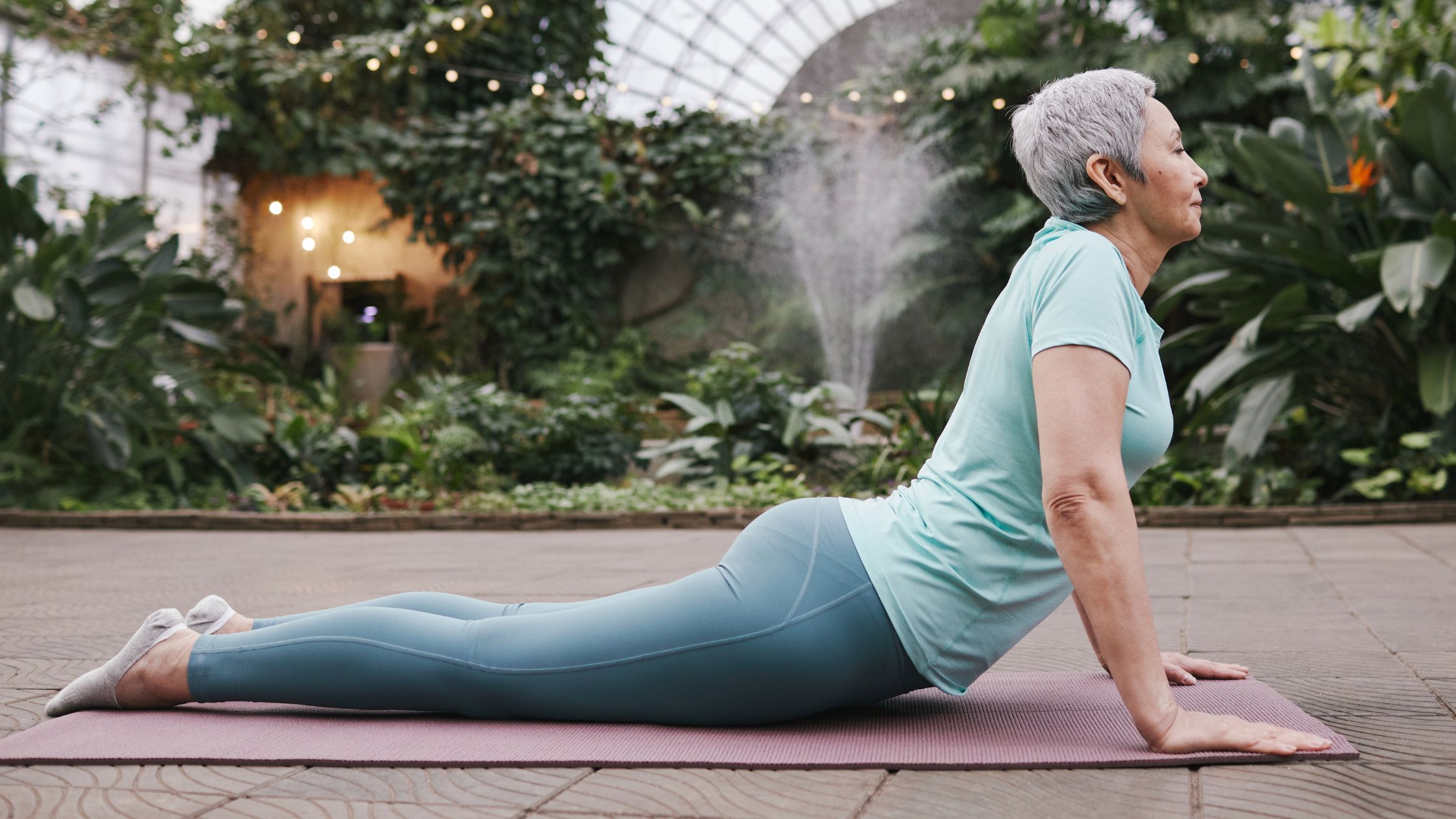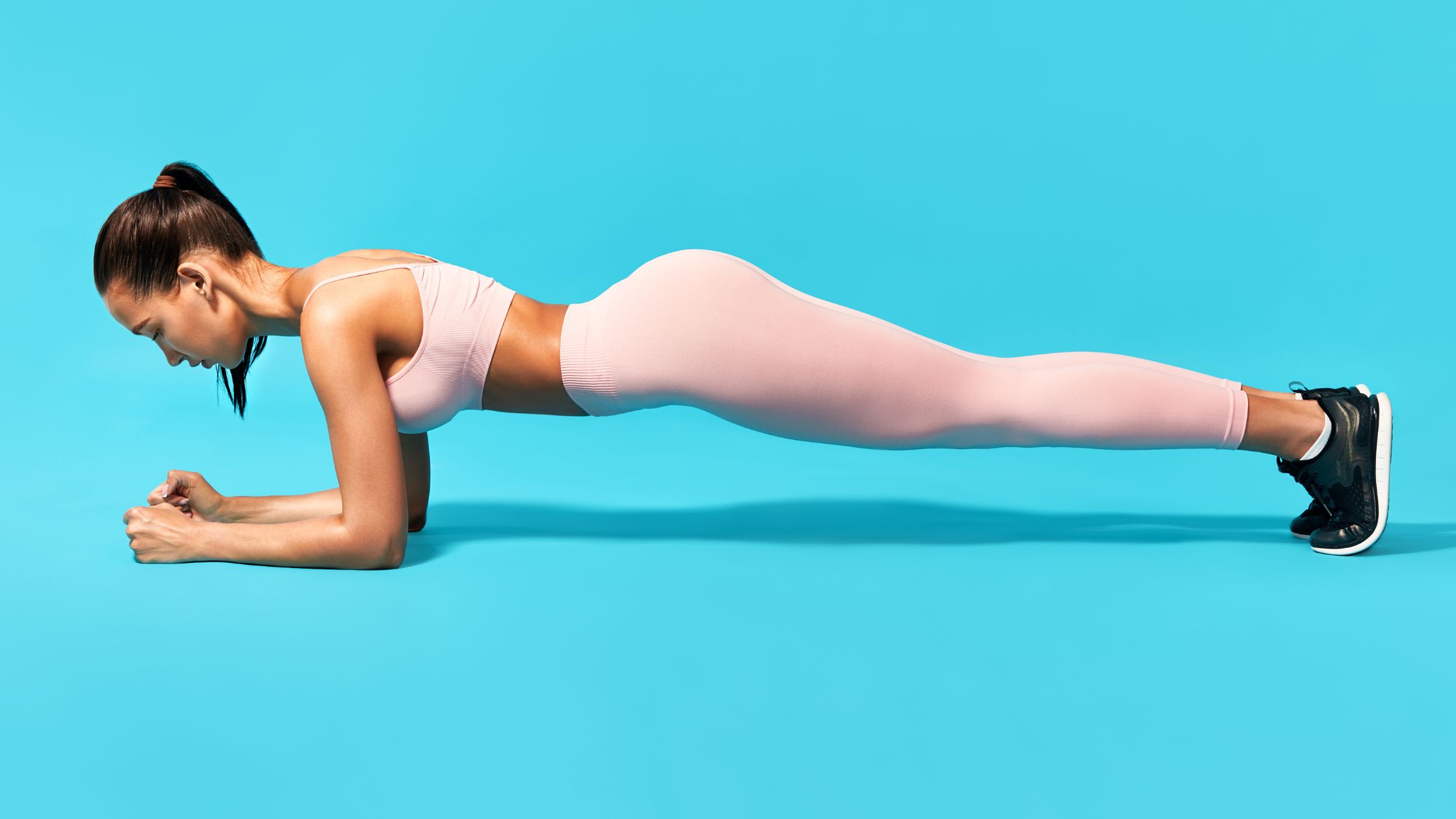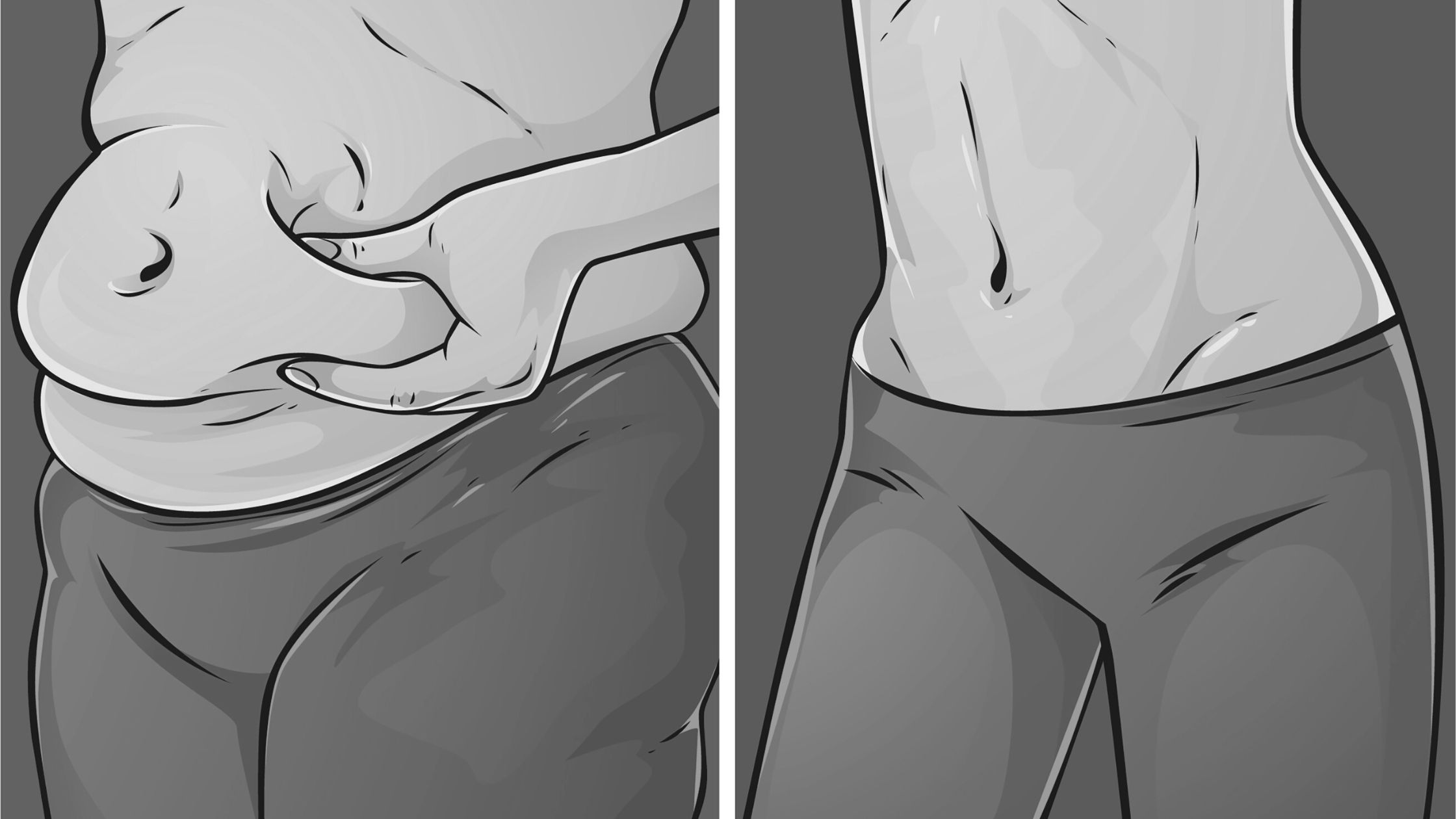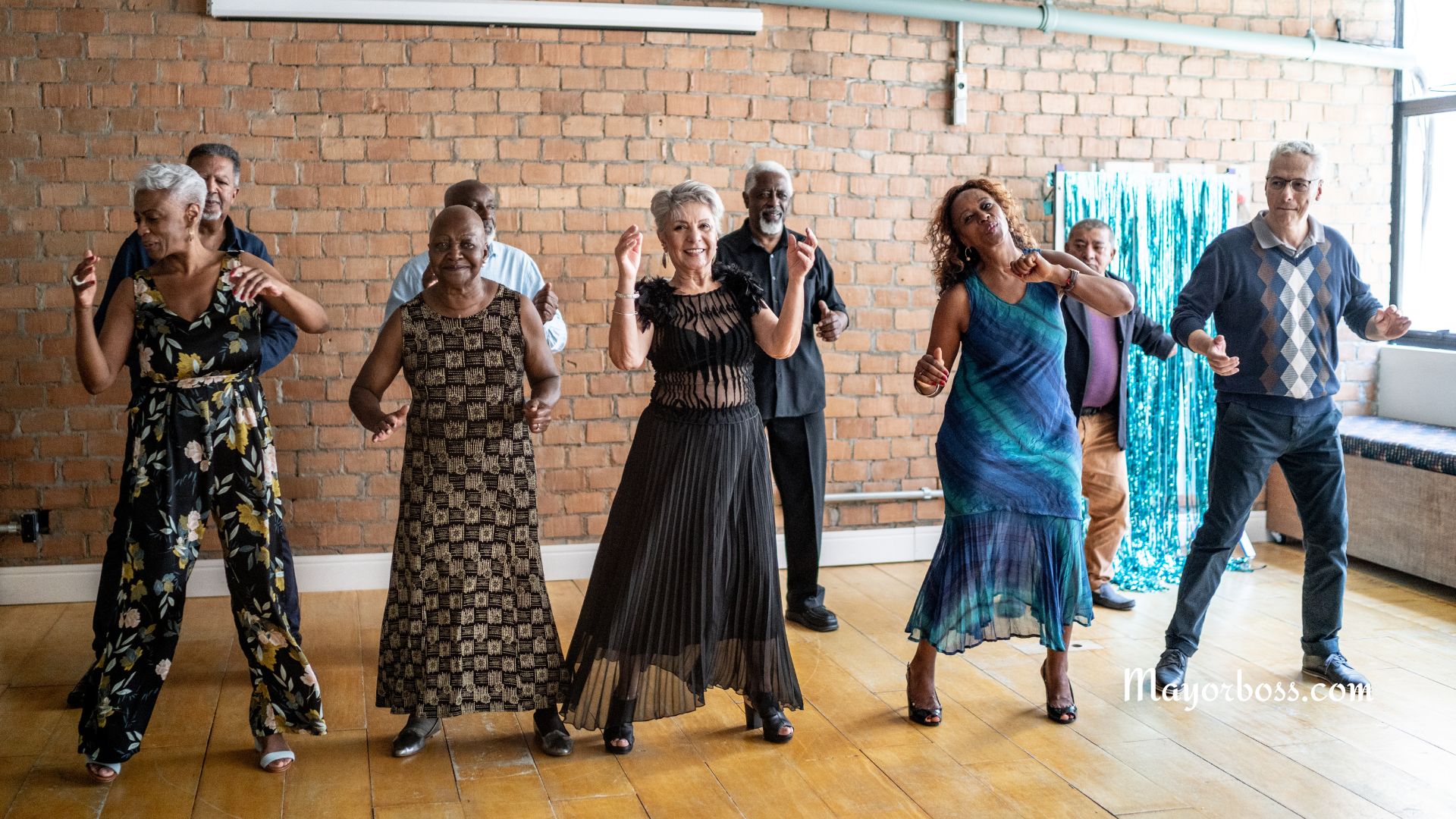You Should Always Be Stretching These Parts Of Your Body
Stretching is an essential part of maintaining good health and flexibility. While many people focus on stretching major muscle groups, there are other areas of the body that shouldn’t be ignored. Areas like your neck, wrists, and even your eyes can benefit from regular stretching. This article sheds light on the parts of your body that you should always be stretching and why.
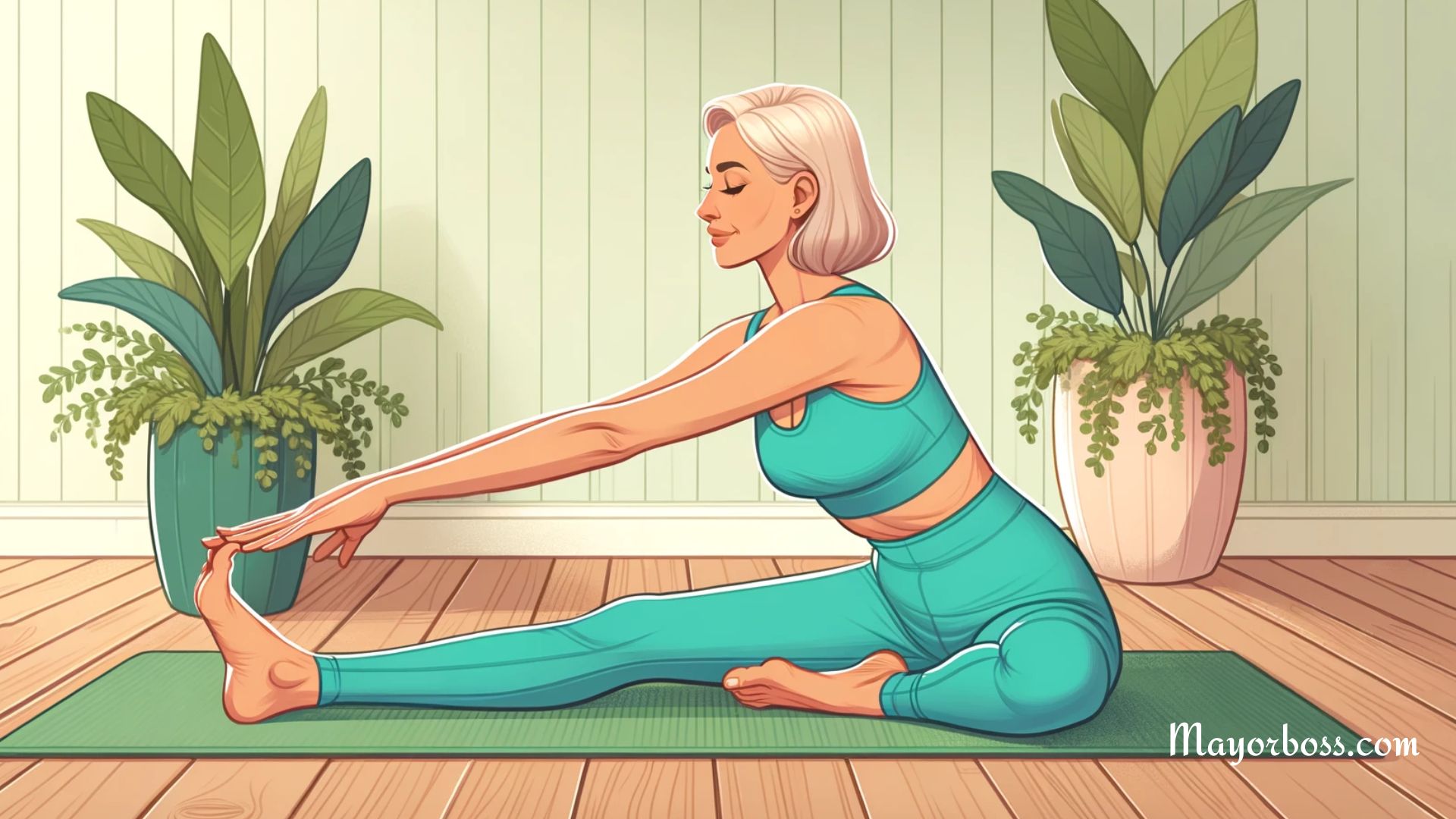
Why Is Stretching So Important?
You might wonder why stretching is such a big deal. Well, it’s not just about improving flexibility. Stretching also enhances your blood circulation, reduces stress, and minimizes the risk of injuries. According to medical experts, consistent stretching can even improve your posture and balance. For the most part, it’s a simple yet effective way to keep your body in tip-top shape.
Neck
Why Stretch Your Neck?
Your neck is essentially the bridge between your head and the rest of your body. For that reason, it often bears the brunt of poor posture and daily stress. Frequent neck stretching can relieve tension and make you feel more relaxed.
How to Do It
Gently tilt your head to one side, bringing your ear closer to your shoulder. Hold for 20-30 seconds and repeat on the other side. Make sure you’re not forcing the stretch; it should feel comfortable.
Wrists
Why Stretch Your Wrists?
If you spend a lot of time typing or doing repetitive tasks, your wrists could use some love. Stretching them regularly can alleviate discomfort and reduce the risk of conditions like carpal tunnel syndrome.
How to Do It
Extend one arm in front of you, palm facing up. Use your other hand to gently pull back the fingers of the extended arm. Hold for 20-30 seconds and switch sides.
Lower Back
Why Stretch Your Lower Back?
The lower back is a common area for tension and pain. According to research, stretching this area can help alleviate discomfort and improve your overall well-being.
How to Do It
Lie on your back with your knees bent and feet flat on the floor. Slowly rotate your knees to one side while keeping your upper body flat. Hold for 20-30 seconds and switch sides.
Eyes
Why Stretch Your Eyes?
Yes, even your eyes need stretching! Staring at screens for long periods can strain your eyes, so it’s important to give them a break. Not to mention, stretching our eye help strengthen weak eye muscles, enhancing blood flow and muscle tone and even alleviating eye discomfort.
How to Do It
Every 20 minutes, look away from your screen and focus on a distant object for about 20 seconds. This fact can help relax your eyes and reduce eye strain.
Feet
Why Stretch Your Feet?
You use your feet for almost every activity, from walking and running to jumping and dancing. Despite this, feet are often neglected in stretching routines. Regular foot stretches can help prevent pain, improve your balance, and keep your feet in good condition.
How to Do It
Place your foot on a flat surface with your toes pointing up. Gently pull your toes back toward your shin. Hold the stretch for about 20-30 seconds, and then switch to the other foot. This stretch targets the arch of your foot and can be particularly beneficial if you spend a lot of time on your feet.
Ankles
Why Stretch Your Ankles?
Your ankles support your entire body weight and enable various movements. Therefore, it’s crucial to keep them flexible and strong. Stretching your ankles can improve your athletic performance, decrease the risk of injuries, and enhance your day-to-day mobility.
How to Do It
Sit on the ground and extend your legs in front of you. Point your toes away from you and then flex them back toward your body. You can also do ankle circles, rotating your foot clockwise and then counterclockwise. Perform each stretch for about 20-30 seconds and switch sides.
Hamstrings
Why Stretch Your Hamstrings?
Tight hamstrings can lead to back problems and reduce your range of motion. Stretching them regularly can help keep these issues at bay.
How to Do It
Sit on the floor with one leg extended and the other bent. Reach for your toes on the extended leg while keeping your back straight. Hold for 20-30 seconds and switch sides.
Inner Thighs
Why Stretch Your Inner Thighs?
Your inner thighs help stabilize your hips and knees. Stretching this area can improve your mobility and reduce muscle imbalances.
How to Do It
Sit on the floor with your feet pressed together. Use your hands to gently push down on your knees, aiming to touch the floor. Hold for 20-30 seconds.
So, don’t just limit your stretching routine to the obvious areas like your legs or arms. Every part of your body can benefit from a good stretch, making you feel better and more balanced in the long run.
Further Reading: What Is Passive Stretching and How Can It Benefit You?

